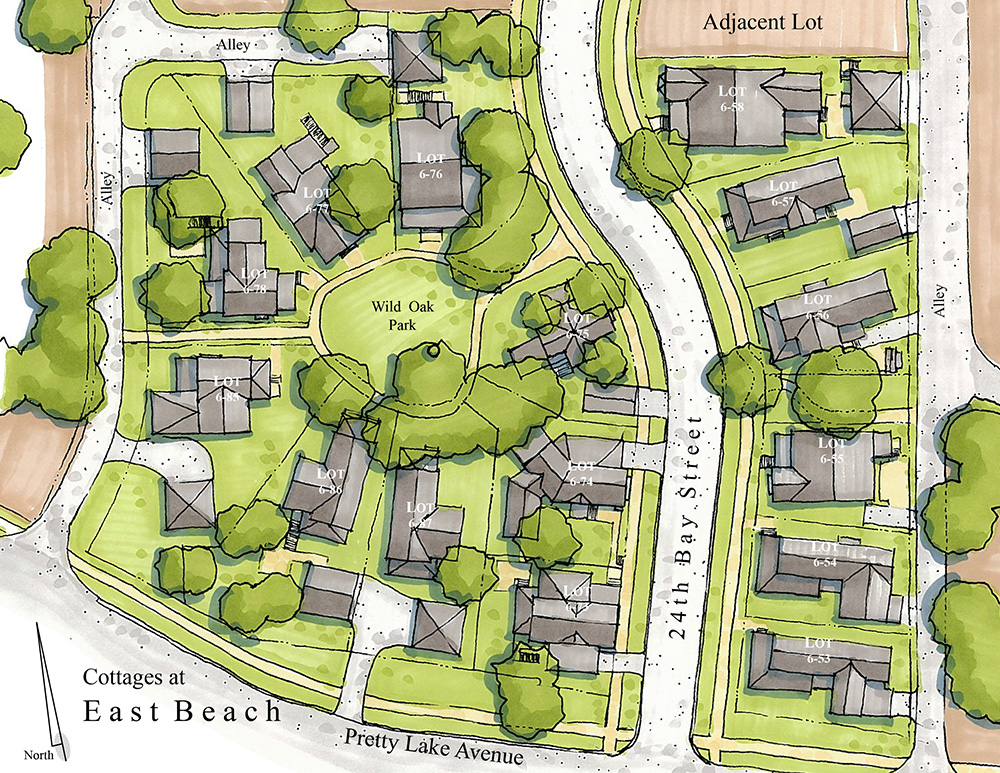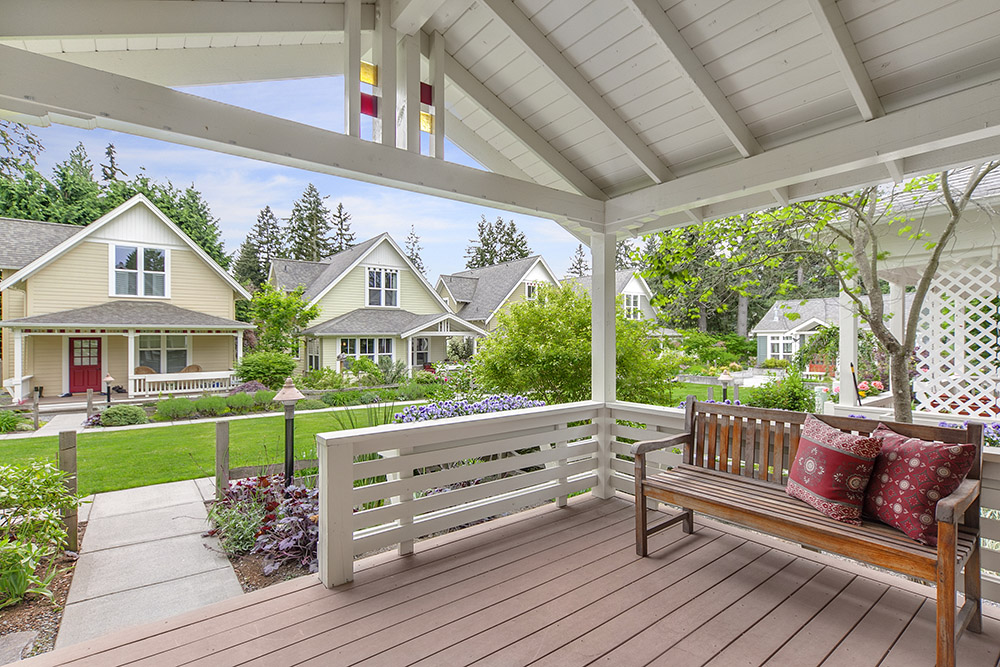Singles, childless couples and empty nesters have two things in common: They are growing in numbers, and they want a unique type of home. Here’s how to take advantage.
Over the past 60 years builders and developers have done a great job of building housing at opposite ends of a spectrum: Single-family homes on one end, and stacked flats or garden apartments on the other.
But today, demographics are shifting. Childless and single-person households—in the form of empty-nester baby boomers and 20-something millennials—are growing continuously, and in large numbers.

Many of these 20-something millennials and empty-nester baby boomers want walk-able urban living and a different type of home. Duplexes, fourplexes, mansion apartments, and bungalow courts often fit the bill. Because they have long been largely ignored, these types of multi-family homes are often called the “Missing Middle.”
Missing Middle homes are intended for a different market segment than conventional multi-family products. These buyers prefer higher-quality, often smaller, multifamily options as an alternative to living in single-family homes. They are also willing to pay for quality. If done well, these housing types have little or no competition in their respective markets.
How to Fill the Void
- A walkable context. Homes for this demographic work best in an existing or newly created walkable urban context. Buyers or renters of these housing types often choose to trade larger suburban homes for neighborhoods that fit their lifestyle. They will happily give up the space and privacy of suburbia for a shorter commute and proximity to amenities such as restaurants, bars, and markets. They love not having a yard to maintain. And they enjoy the sense of community provided by either the development itself or the larger neighborhood context. As Linda Pruitt President of the Cottage Company, which is building creative bungalow courts in the Seattle area, says, “The first thing potential customers ask is, “What can I walk to?”

- Smaller, well-designed units. Architects and builders new to this market often try to force suburban-unit types and sizes into urban contexts. Instead they should think small– as small as 650 to 700 square feet. Though challenging to design, if small spaces are well laid out and integrate features such as built-ins and tall floor-to-ceiling heights, they can be very comfortable and usable.

- Fewer parking spaces. Because of their walkable urban location, Missing Middle homes don’t need as much parking. They serve as an attractive alternative for households that choose to own only one car or use their cars less frequently—and they often are oriented on streets that offer supplemental parking. As a starting point, these homes should provide no more than one off-street parking space per unit. One good example: The recently built mansion apartments in the new East Beach neighborhood of Norfolk, Virginia. These homes include one off-street parking space per unit with ample street parking nearby.

- They Feel Like a Home. Most important, Missing Middle housing must provide a similar experience and curb appeal of single-family homes. Thus making them more marketable. In the best examples, they face onto a neighborhood scale, tree-lined street, the buildings are a similar scale to single-family homes, and owners enter their home directly from a front porch, stoop, or small courtyard, rather than down a long corridor to their unit. Providing a high-quality living experience, very similar to a single-family home allows prospective buyers and renters to more easily shift to these multi-family homes than they would to garden apartments or mid-rise condominiums.

The market is waiting. Will you respond?
By Dan Parolek, Opticos Design, Inc.

